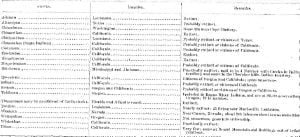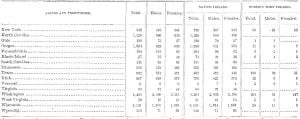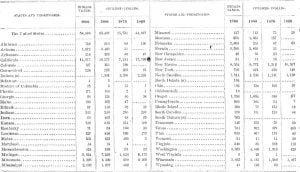Indian Tribes West of the Mississippi and North of Missouri, 1822
State and Territories west of the Mississippi Having taken a brief survey of the Indians east of the Mississippi 1 pass over that river, and in the order of the Table, give such information of the numerous tribes west of it, to the Pacific Ocean, as I have been able to collect. No measures have been taken to convey the blessings of civilization and of the Gospel, to any of these tribes, (if we except what a few Catholic Priests have done among some of the northern nations) till within the last two years. During this period, Education Families have … Read more



